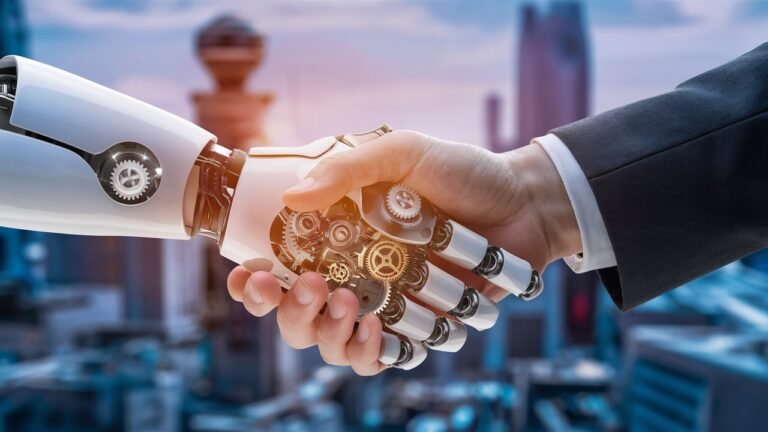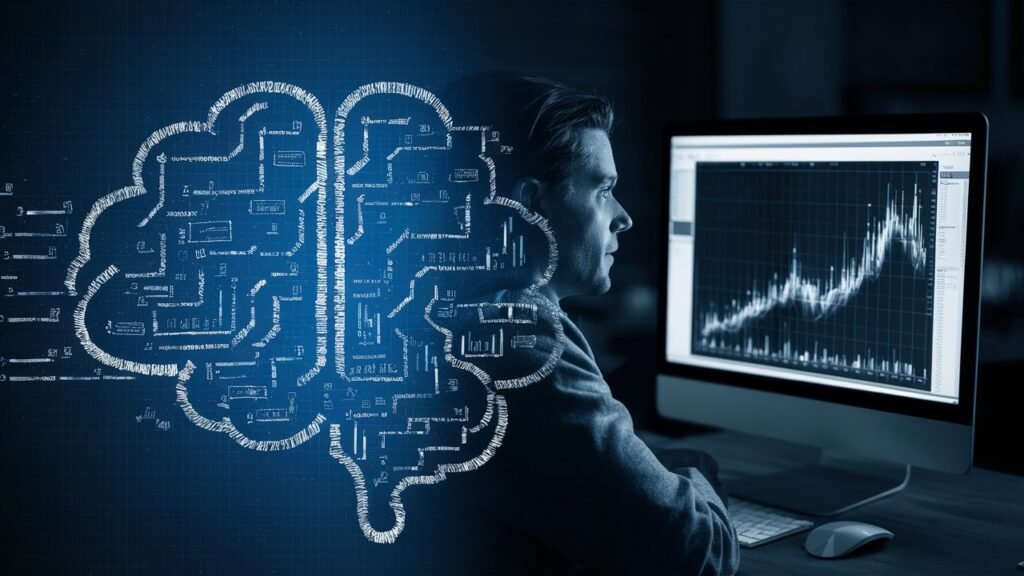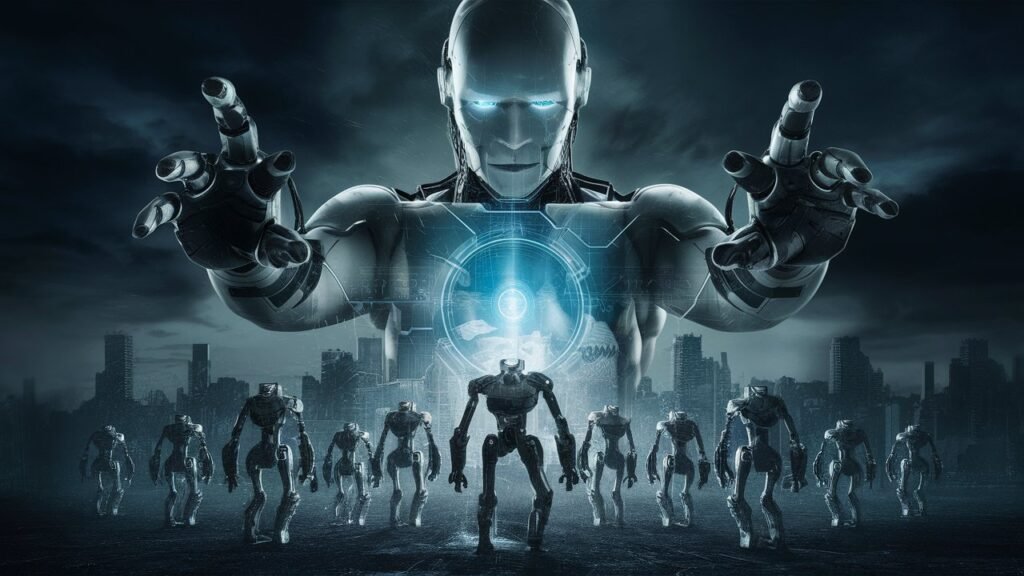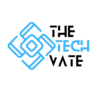Can you trust AI? Examining the risks and benefits of artificial intelligence.

Hello, AI enthusiasts! In this blog, we will explore the risks and benefits of artificial intelligence (AI). Also, we can explore the trustworthyness of AI.
TABLE OF CONTENTS
ToggleFundamentals of AI:
Let’s first examine what AI is and then go on to discuss its benefits and risks. In short, artificial intelligence (AI) gives a computer program the capacity for independent thought and learning.
Artificial intelligence (AI) is the simulation of human intelligence in machines, which perform tasks that typically require human intelligence.
This technological miracle goes well beyond simple automation; it encompasses a wide range of artificial intelligence (AI) capabilities, which allow robots to think, feel, act, and communicate like humans.
You need to know that AI systems learn from data, identify patterns, and make predictions or decisions based on that data.
Depending on what it can do, artificial intelligence may be divided into three categories: weak, strong, and super.
Weak AI: This type of AI focuses on a single job and is limited in what it can do (common in our everyday lives)
Strong AI: It is able to comprehend and pick up any intellectual endeavor that a person can (strong AI is a goal that academics are working toward)
Super AI: This AI exceeds human intellect and is capable of performing any work more effectively than a human.
Benefits and Risks of AI:
A program that has the ability to learn and reason is called an artificial intelligence program. Anything that consists of a computer program carrying out a task that we would typically believe a human would accomplish can be categorized as artificial intelligence.
Although artificial intelligence has several benefits, it also has drawbacks. Efficiency through work automation, data analysis for accurate judgments, healthcare advancement, environmental impact, personalization, and the development of autonomous vehicles are some of the benefits of artificial intelligence.
Job displacement, ethical issues about prejudicial views and privacy, security dangers from hacking, and a lack of empathy and creativity similar to humans are some of the drawbacks of AI.
11 Benefits of AI:

1.Increased Efficiency:
AI can automate repetitive tasks. It can reduce the time and effort where manual labor is a must.
Example: Robotic process automation (RPA) automates data entry and processing tasks. It enhances administrative workflows.
2.Increased Productivity:
AI-powered tools and systems help us make decisions faster and grow our problem-solving skills. As a result, we can be more productive.
Example: AI-driven analytics platforms help businesses analyze large datasets in real-time.
3.Improved Accuracy:
AI algorithms can process huge amounts of data with precision, minimizing errors and improving accuracy.
Example: Machine learning models in healthcare can assist radiologists. It can accurately detect abnormalities in the patient.
4.Constant Availability:
Numerous studies demonstrate that people are only productive for three to four hours each day. In order to balance their personal and professional lives, humans also require breaks and time off.
However, AI is capable of continuous, unbroken labor. They process information far quicker than humans do, and they can do several jobs at once accurately.
With AI algorithms at their disposal, they can even effortlessly manage tiresome, repetitive tasks.
Example: This would be chatbots for online customer service, which may offer consumers immediate assistance from any location at any time.
Chatbots may provide professional customer support around-the-clock by using artificial intelligence (AI) and natural language processing to respond to frequently asked queries, handle difficulties, and refer complicated issues to human agents.
5.Personalization:
AI enables personalized experiences tailored to individual preferences, leading to higher customer satisfaction and engagement.
Example: Recommendation systems on streaming platforms suggest content based on users’ viewing history and preferences.
6.Advanced Healthcare:
AI-driven diagnostic tools and treatment systems improve patient care. It also improves diagnostic accuracy and treatment outcomes.
Example: IBM Watson Health analyzes patient data to assist healthcare professionals in diagnosing diseases and recommending treatment plans.
7. Optimized Resource Management:
AI maximizes the use and distribution of resources. As a result, we can ensure higher productivity and lower costs.
Example: Smart grid systems use AI to manage electricity distribution and consumption, reducing waste and improving energy efficiency.
8.Enhanced Safety:
AI can enhance safety in various fields, such as transportation, manufacturing, and cybersecurity.
Example: Autonomous vehicles use AI algorithms to detect and avoid potential hazards. It reduces the risk of accidents.
9.Innovative Applications:
AI enables the development of new innovative products, software, services, and solutions across industries.
Example: AI-powered chatbots provide customer support services. It improves response times and service quality.
10.Accessibility:
AI makes information and services more accessible to individuals with disabilities by promoting inclusivity and equal opportunities.
Example: Voice recognition systems help us have hands-free interaction with devices for people with limited mobility.
11.Environmental Sustainability:
AI simplifies environmental monitoring, conservation efforts, and sustainable practices. It also contributes to a healthier planet.
Example: AI-driven predictive analytics that anticipate weather patterns and natural disasters enable proactive mitigation techniques.
9 RISKS OF AI:

1. Bias and Discrimination:
AI algorithms may create societal bias and discrimination. Sometimes it gives us unfair outcomes.
Example: Biased facial recognition systems cannot identify individuals properly. For that reason, wrongful arrests or surveillance can happen.
2. Privacy Concerns:
AI systems often rely on huge amounts of personal data. So, it is raising privacy concerns regarding data collection, storage, and usage.
Example: Social media platforms use AI algorithms to analyze user behavior and preferences. It raises concerns about data privacy and surveillance.
3. Job Displacement:
AI is the biggest threat for low-skilled workers. It has the potential to disrupt the labor market and lead to job displacement. It can automate all the industrial work.
Example: Automated manufacturing processes replace manual laborers, leading to unemployment in traditional industries.
4. Ethical Dilemmas:
AI has the ability to use personal information about a person. So it raises complex ethical dilemmas related to accountability, transparency, and decision-making.
Example: Autonomous vehicles face ethical decisions in situations where accidents are unavoidable, raising questions about how AI should prioritize human safety.
5. Security Risks:
AI systems are vulnerable to cybersecurity threats, including hacking, data breaches, and malicious manipulation.
Example: Deepfake technology creates convincing fake videos and audio recordings, posing risks to privacy, reputation, and national security.
6. Overreliance on AI:
Excessive reliance on AI systems without human oversight or intervention may lead to disastrous failures or unintended consequences.
Example: Automated trading algorithms cause market crashes due to unexpected interactions or errors.
7. Lack of Accountability:
AI algorithms can be opaque, making it challenging to attribute responsibility for errors or failures.
Example: Biased hiring algorithms perpetuate discriminatory practices, but accountability is elusive due to the complexity of AI decision-making.
8. Social Isolation:
If we interact excessively with AI-driven technologies, it may lead to social isolation and detachment from human relationships.
Example: Social robots provide companionship to elderly individuals but may substitute human interaction. For that reason, we feel lonely.
9. Weaponization of AI:
AI technologies have the potential to be weaponized for malicious purposes. Here we can include cyber warfare, autonomous weapons systems, and surveillance. As per my opinion, it will be the biggest threat to humans in the near future.
Example: AI-driven drones equipped with facial recognition capabilities are used for targeted killings and mass surveillance in conflict zones.
Building trustworthy AI:
So, can we trust AI? The answer is that it depends. Here’s how we can build trust in AI:
i) Developing Ethical Guidelines:
ii) Promoting Transparency:
iii) Prioritizing Human Oversight:
iv) Investing in AI Education:
Educating the public about AI will foster understanding and mitigate fear.
CONCLUSION:

